Put down the shears. You might be making things worse. Some plants hate being pruned. Cut them back, and they sulk. Snip too much, and they stop blooming, stop growing—or just straight-up die out of spite. These 23 thrive on neglect. No shaping, no fuss, no “tidying up.” Just let them grow wild and do their thing. And guess what? They look better for it. So before you trim one more branch in the name of “garden maintenance,” check this list. Your plants might be begging you to leave them alone.
Lavender
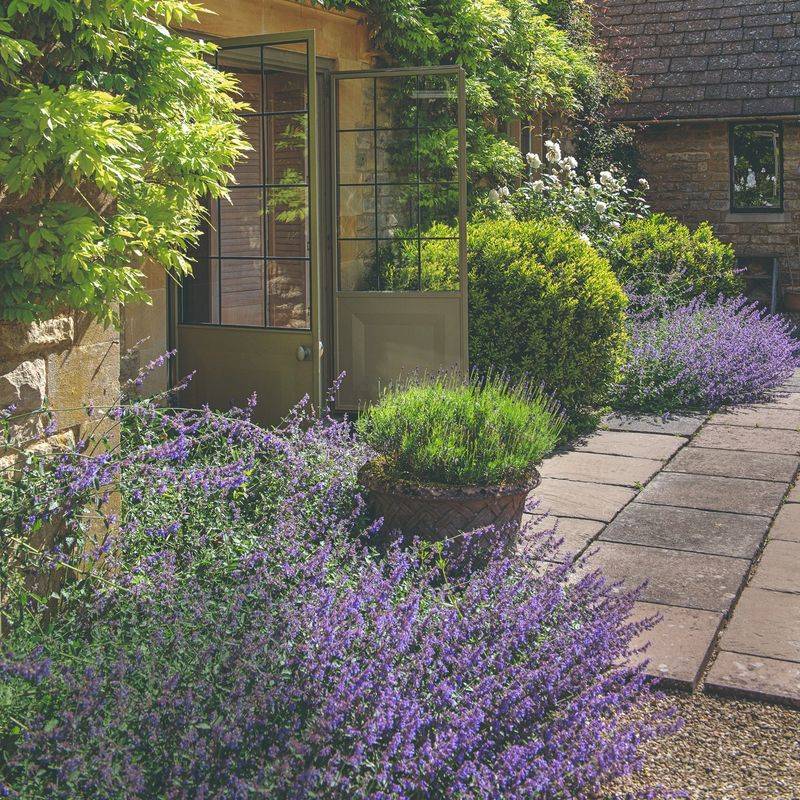
Lavender, with its aromatic presence and captivating purple blooms, is a plant that thrives when left alone. Its natural shape is part of its charm, requiring minimal intervention to maintain its aesthetic allure.
Unpruned lavender can create a rustic look, with its sprawling branches adding character to any garden space. Letting it grow naturally can also enhance its fragrance, as the bushy spread allows for more flowers.
Fun fact: Lavender has been used since ancient times for its soothing properties, making it a beloved herb in both gardens and homes.
Forsythia
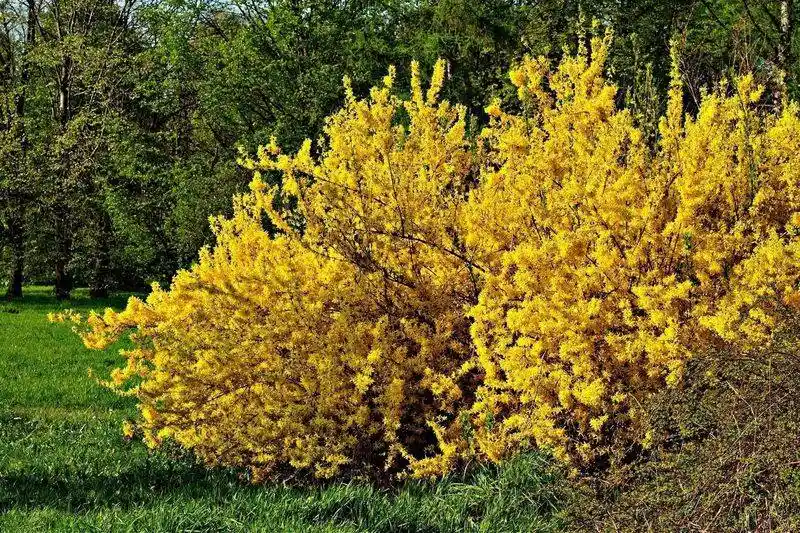
Bursting into a blaze of yellow in early spring, forsythia is a sight to behold. Its vibrant flowers are a harbinger of warmer days ahead.
This resilient shrub thrives without pruning, allowing its branches to arch gracefully as they grow. Pruning can sometimes disrupt its natural flow, leading to fewer blooms the following year.
Fun fact: Forsythia is named after William Forsyth, a Scottish botanist and a founding member of the Royal Horticultural Society.
Hydrangea
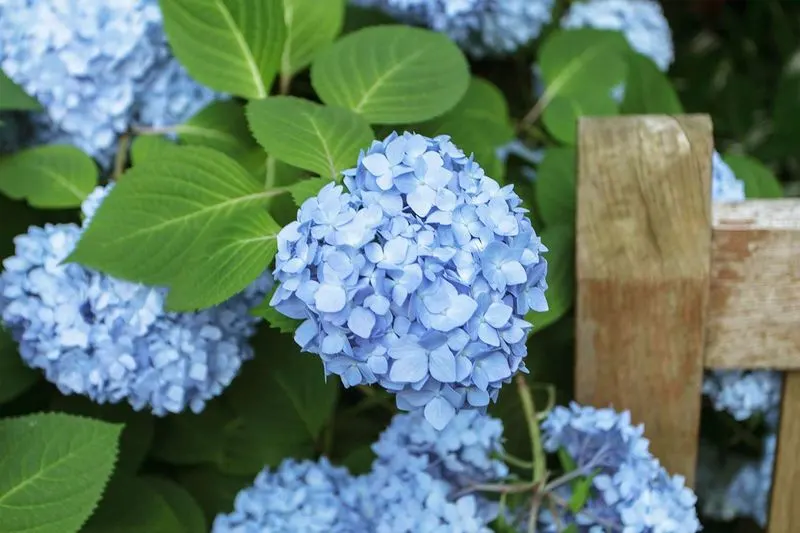
Hydrangeas, with their large, showy blooms, are garden favorites. These shrubs prefer to be left untrimmed, as excessive pruning can lead to a reduced flowering display.
Natural growth allows hydrangeas to develop a fuller shape, and their blossoms can vary in color depending on the soil’s pH. This phenomenon adds a delightful element of surprise to any garden.
Interesting tidbit: In Japan, hydrangeas are symbols of apology and gratitude, often given as peace offerings.
Rhododendron

Rhododendrons are a spectacle of color with their stunning blooms and evergreen leaves. These plants are best left to their own devices, as pruning can damage their natural form.
The dense foliage provides shelter for wildlife, adding ecological value to your garden. Their carefree nature makes them an ideal choice for low-maintenance landscaping.
Did you know? Rhododendron flowers are often used in traditional medicine in various cultures around the world.
Azalea
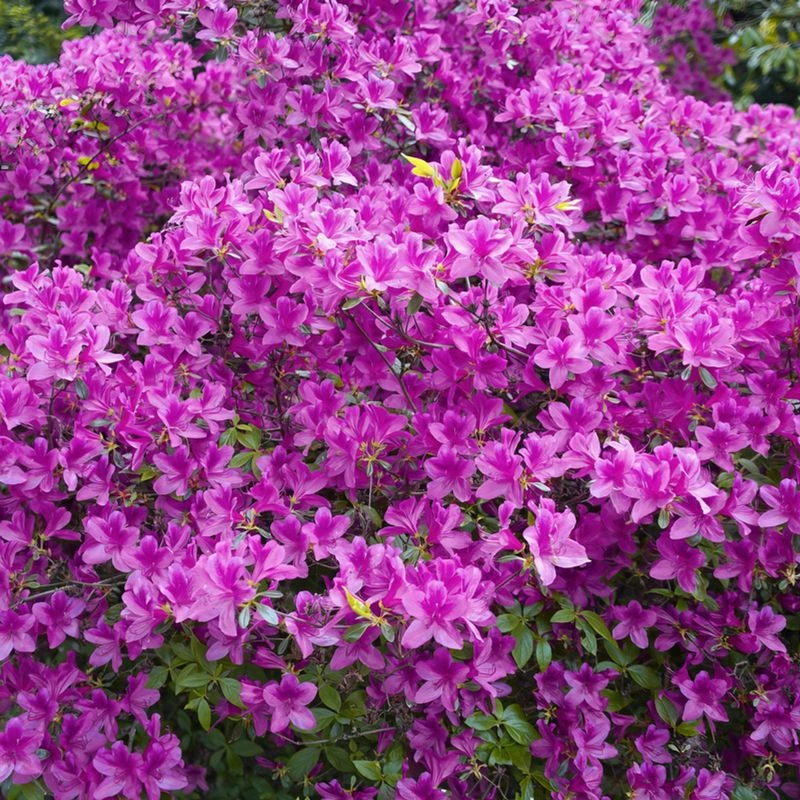
Azaleas, with their dazzling array of colors, bring brightness to any garden. These shrubs flourish when left unpruned, allowing their branches to form naturally graceful shapes.
Pruning can lead to fewer blooms, detracting from their vibrant display. By letting azaleas grow freely, gardeners can enjoy a more abundant flowering season.
Fun fact: In some cultures, azaleas symbolize temperance and are often associated with the city of São Paulo in Brazil.
Yucca
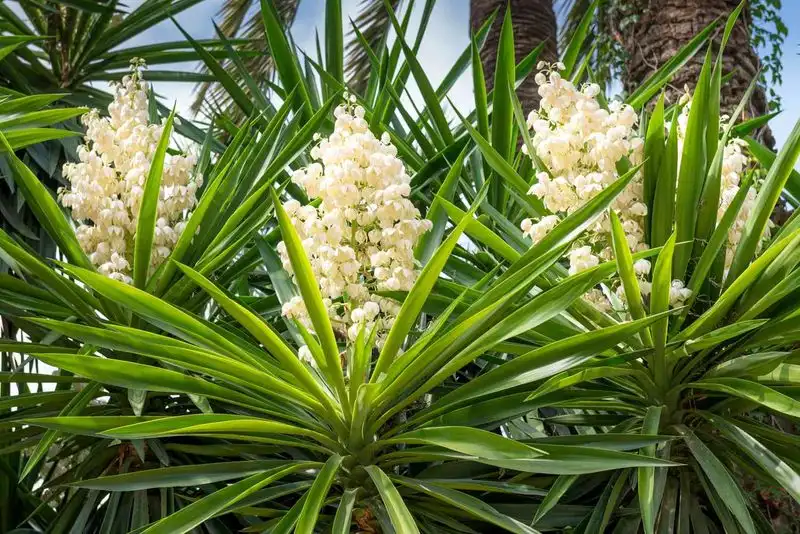
Yucca plants are architectural wonders with their bold, spiky leaves. These drought-tolerant plants thrive without any need for pruning.
Their natural form adds a dramatic flair to gardens, and their resilience makes them perfect for xeriscaping. Pruning can damage their structural beauty, so it’s best to let them grow untouched.
Did you know? Yucca roots have been used by Native Americans as a natural soap due to their high saponin content.
Lilac
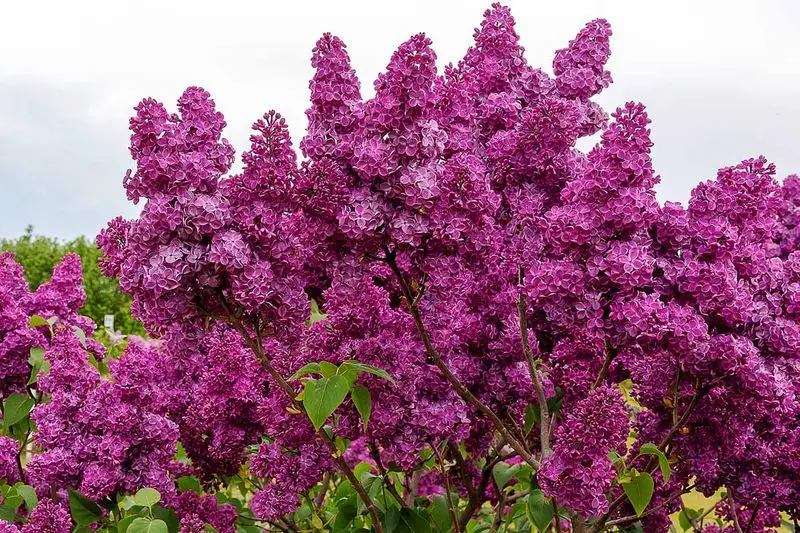
Lilacs are cherished for their intoxicating scent and charming, heart-shaped leaves. These bushes benefit from being left unpruned, allowing them to develop a robust structure and more flowers.
While some gardeners may be tempted to trim them for shape, the natural growth of lilacs ensures a more prolific blooming season. Their fragrant flowers are a favorite for cut arrangements, bringing a piece of the garden indoors.
Fun tidbit: Lilacs are a symbol of love and were considered sacred to the Greek goddess Hera.
Clematis

Clematis vines offer a stunning display of star-shaped flowers, often in vivid purples and blues. These climbers thrive when allowed to grow naturally, twining around structures with ease.
Pruning can sometimes interrupt their blooming cycle, so it’s best to let them find their own way. Their ability to soften hardscapes makes them an excellent choice for adding elegance to any vertical garden.
Did you know? Clematis vines are known as “queen of the climbers” in gardening circles due to their regal appearance.
Ferns
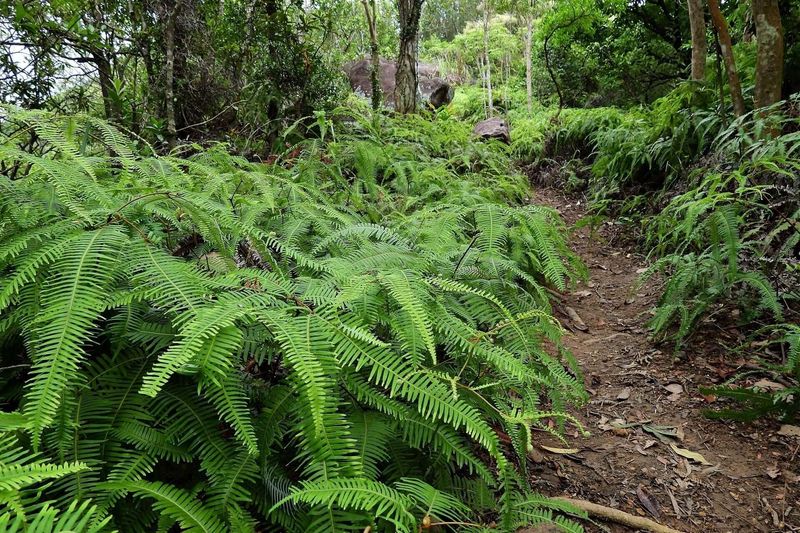
Ferns, with their lush fronds, bring a touch of the forest to gardens. These perennial favorites thrive in shaded areas and prefer to be left unpruned.
Their natural growth provides a soft, feathery texture that can complement more structured plants. Pruning can damage their delicate fronds, so letting them grow undisturbed is best.
Interesting fact: Ferns are some of the oldest plants on Earth, dating back over 360 million years.
Bamboo
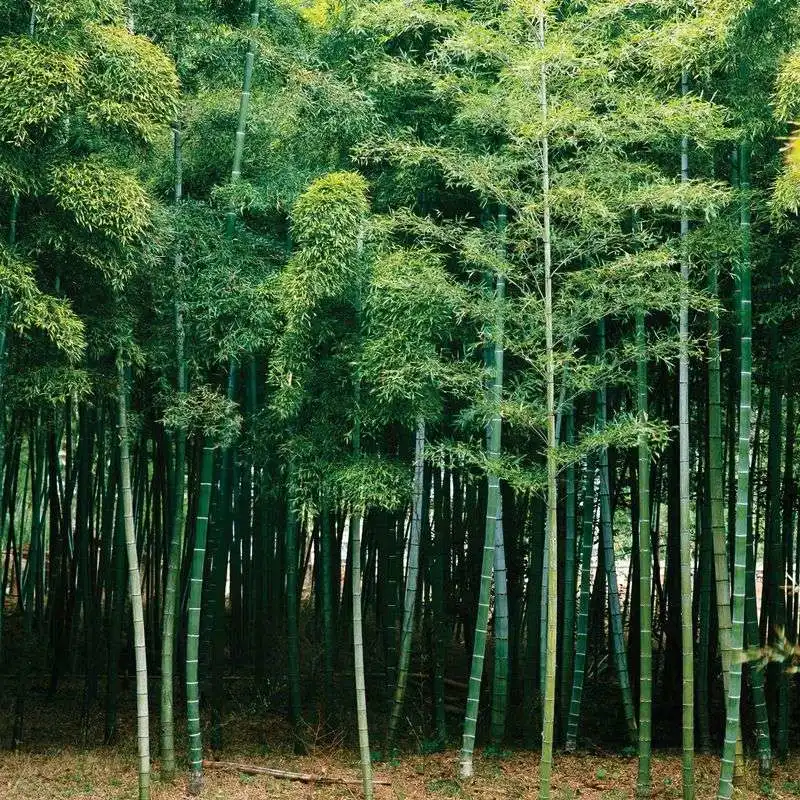
Bamboo, known for its rapid growth and versatility, is a plant that thrives when left unpruned. Its natural form creates a serene atmosphere, often used in zen gardens for its calming effect.
Pruning bamboo can lead to weakened stalks and less robust growth. Letting it grow freely allows for a more natural screen or windbreak in gardens.
Fun fact: Bamboo is one of the fastest-growing plants in the world, with some species capable of growing up to 3 feet in a single day.
Rosemary
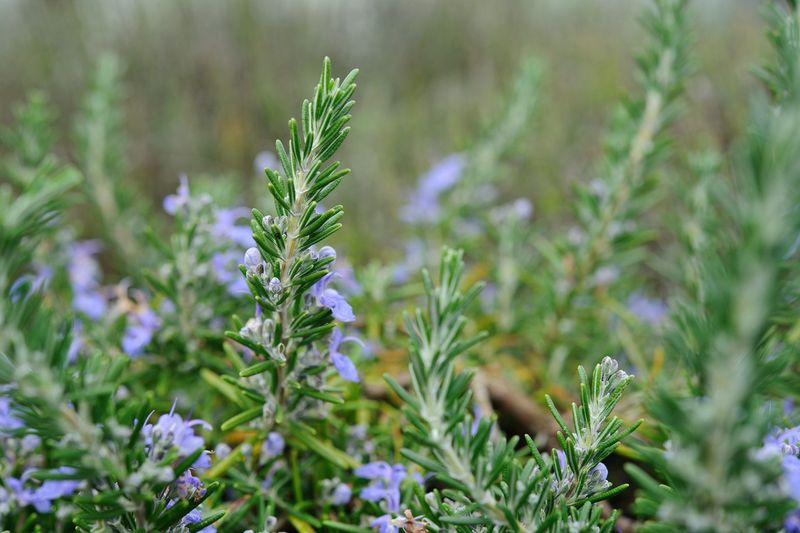
Rosemary, with its aromatic charm, is a culinary favorite that thrives when left to grow naturally. Its needle-like leaves and tiny blue flowers make it a delightful addition to any herb garden.
Pruning rosemary can sometimes result in a less bushy plant, so allowing it to spread naturally can enhance its appearance and fragrance.
Did you know? Rosemary has been used since ancient times for both cooking and as a symbol of remembrance and fidelity.
Butterfly Bush
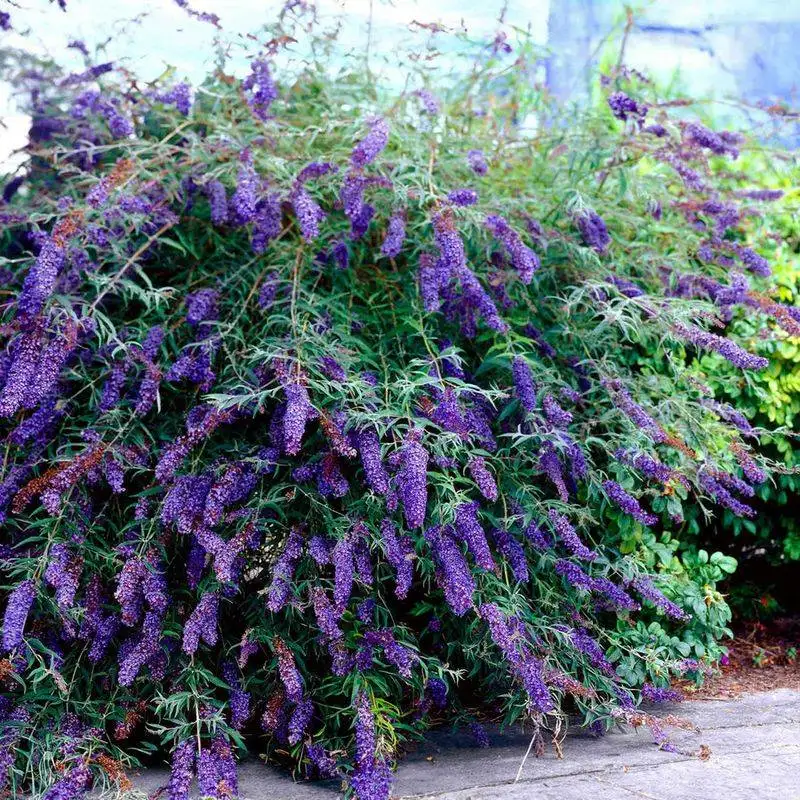
Butterfly bushes are a magnet for pollinators, with their vibrant, nectar-rich blooms. These shrubs do well when left unpruned, allowing them to develop a natural, arching form.
Pruning can sometimes reduce the number of flowers, limiting its allure for butterflies. By letting it grow naturally, you can enjoy an abundant display of blooms throughout the season.
Fun fact: Despite its name, the butterfly bush is not native to North America but has become a popular choice for attracting wildlife.
Holly
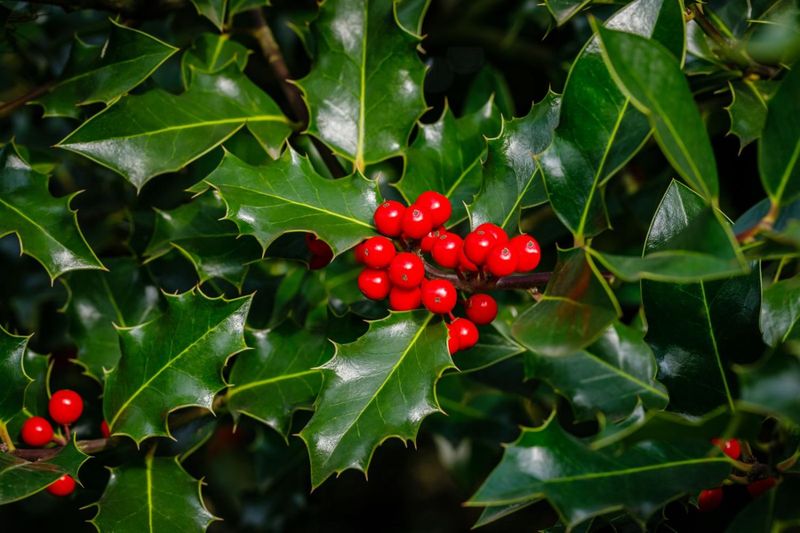
Holly bushes, with their festive berries and glossy leaves, are iconic in winter landscapes. These plants benefit from being left unpruned, as their natural shape is part of their winter charm.
Pruning can sometimes reduce berry production, which is a key feature of holly’s appeal. Letting the bush grow naturally ensures a more robust and berry-laden plant.
Did you know? Holly has been associated with winter celebrations since ancient times, symbolizing protection and eternal life.
Crape Myrtle
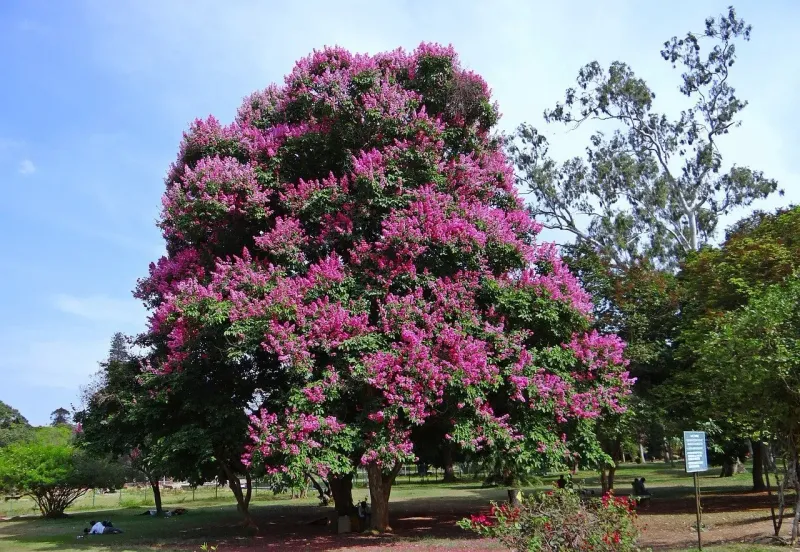
Crape myrtles are celebrated for their long-lasting blooms and striking bark. These trees thrive without pruning, as it allows them to develop a more natural, vase-like shape.
Excessive pruning, often called “crape murder,” can lead to weakened growth and fewer blooms. By letting them grow freely, you can enjoy a more spectacular floral display.
Interesting tidbit: Crape myrtles are resistant to drought and pests, making them a hardy choice for many gardens.
Boxwood
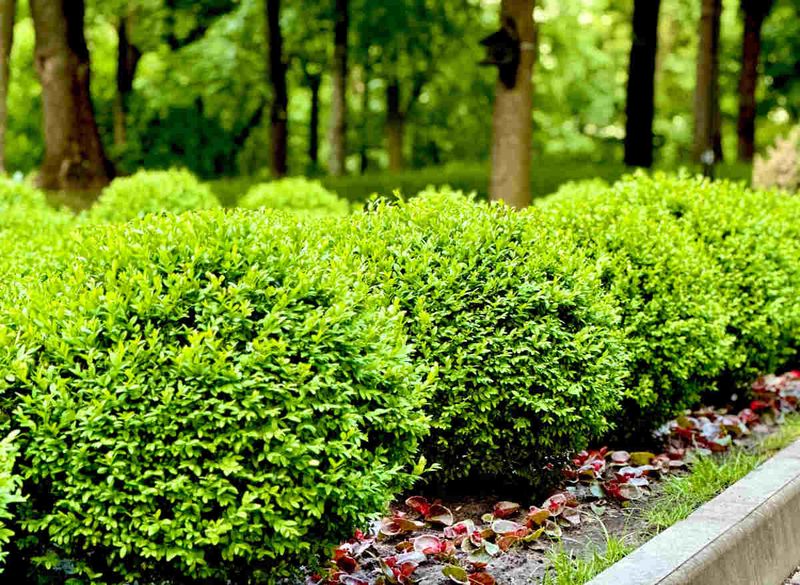
Boxwoods are the backbone of many formal gardens, known for their dense, evergreen foliage. While often clipped into shapes, they also thrive when left to grow naturally.
Unpruned boxwoods can develop a softer, more informal look, which can be appealing in more relaxed garden settings. Natural growth allows them to maintain their health and vigor.
Fun fact: Boxwood has been used in garden design for centuries, favored for its ability to be shaped into intricate patterns or left to grow freely.
Virginia Creeper
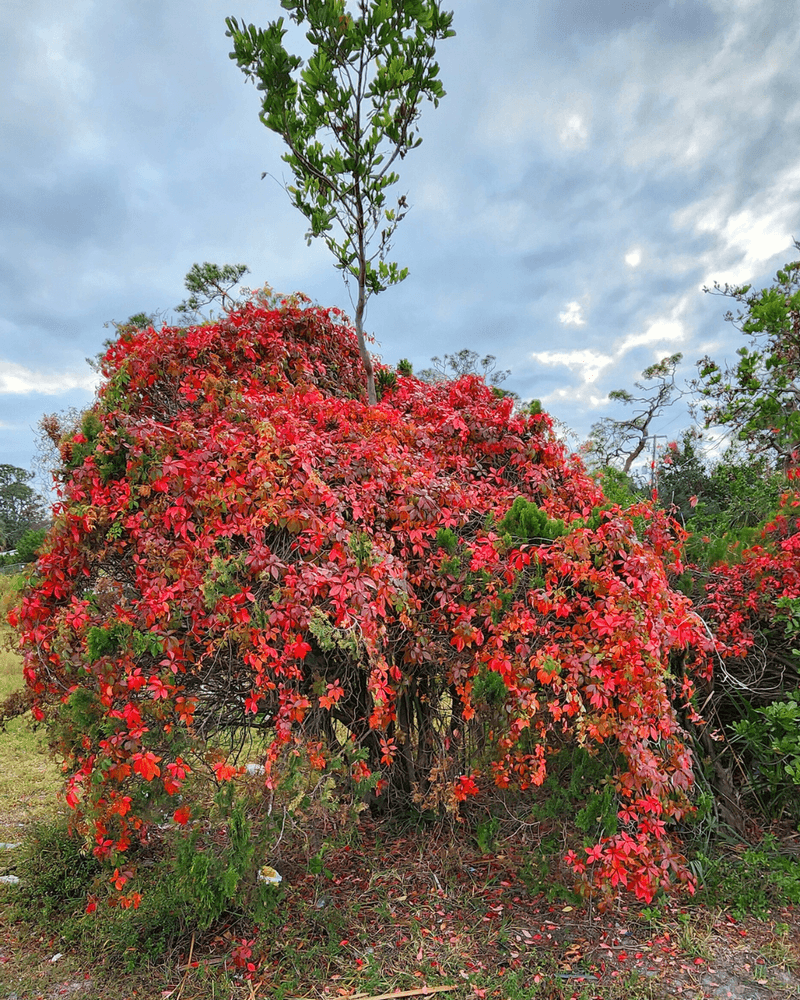
Virginia creeper is a vigorous vine known for its brilliant fall color. This plant thrives when allowed to climb and sprawl naturally.
Pruning can hinder its ability to cover structures, so it’s best to let it grow uncontained. Its ability to adhere to surfaces makes it perfect for adding color to walls and fences.
Did you know? Virginia creeper is often mistaken for poison ivy but is distinguishable by its five-leaflet arrangement.
Juniper
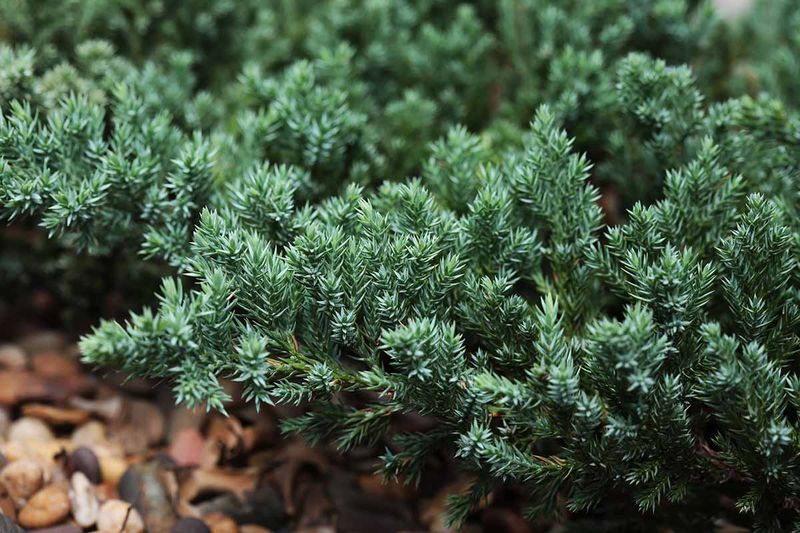
Junipers, with their hardy nature and aromatic needles, are stalwart plants that thrive unpruned. Their natural form is rugged and picturesque, often used in rock gardens.
Pruning can sometimes damage their branches, so it’s best to let them take on their natural shape. This allows them to provide habitat and food for wildlife, such as birds.
Fun fact: Juniper berries are famously used to flavor gin, adding a distinctive herbal note.
Oleander
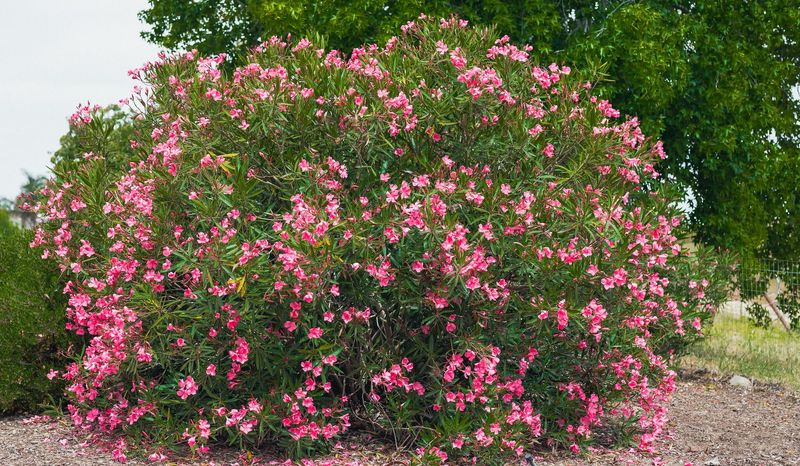
Oleanders are robust shrubs known for their vibrant flowers and evergreen foliage. These plants prefer to be left unpruned, as their natural form provides a fuller, bushier appearance.
Pruning can sometimes lead to a reduction in blooms, affecting their ornamental value. By allowing them to grow freely, oleanders can create a more lush and colorful display.
Interesting tidbit: Despite their beauty, all parts of the oleander plant are toxic if ingested.
Wisteria
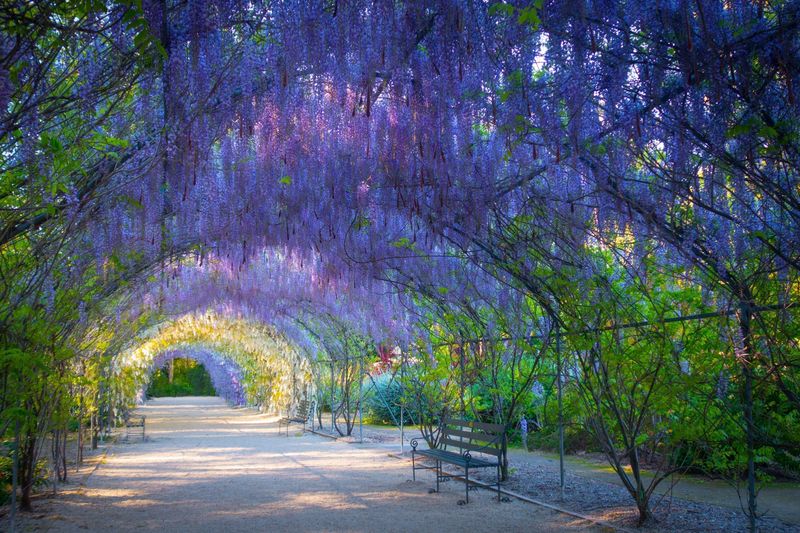
Wisteria vines are renowned for their cascading blossoms and vigorous growth. These climbers thrive without pruning, allowing them to form stunning displays over pergolas and arbors.
Pruning can interrupt their blooming cycle, so it’s best to let them grow naturally for a more spectacular floral display. Their ability to drape elegantly makes them a favorite for adding drama to gardens.
Did you know? Wisteria can live for over a hundred years, making it a lasting addition to any landscape.
Heuchera
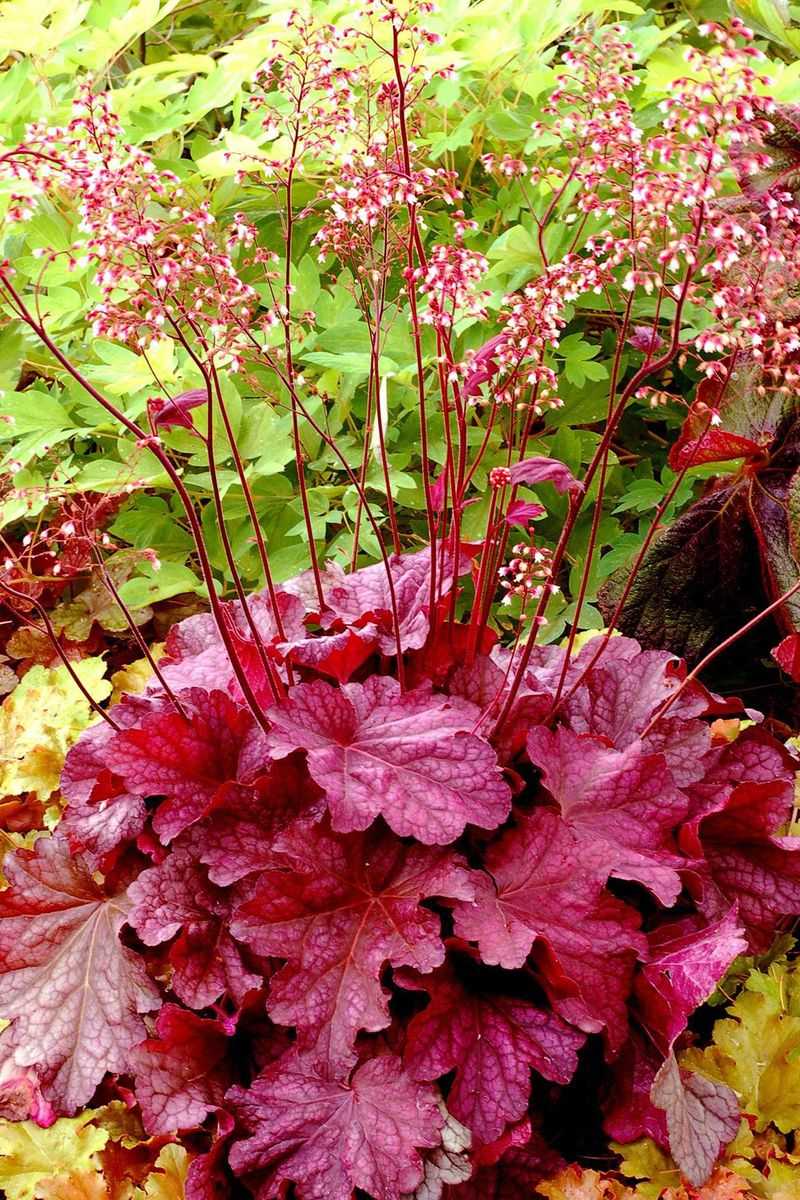
Heucheras, or coral bells, are admired for their stunning foliage that comes in an array of colors. These perennials thrive when left unpruned, as their leaves form naturally attractive mounds.
Pruning can sometimes damage their vibrant leaves, so it’s best to let them grow undisturbed. By doing so, gardeners can enjoy their colorful display throughout the growing season.
Interesting fact: Heucheras are native to North America and were traditionally used by indigenous peoples for medicinal purposes.
Viburnum
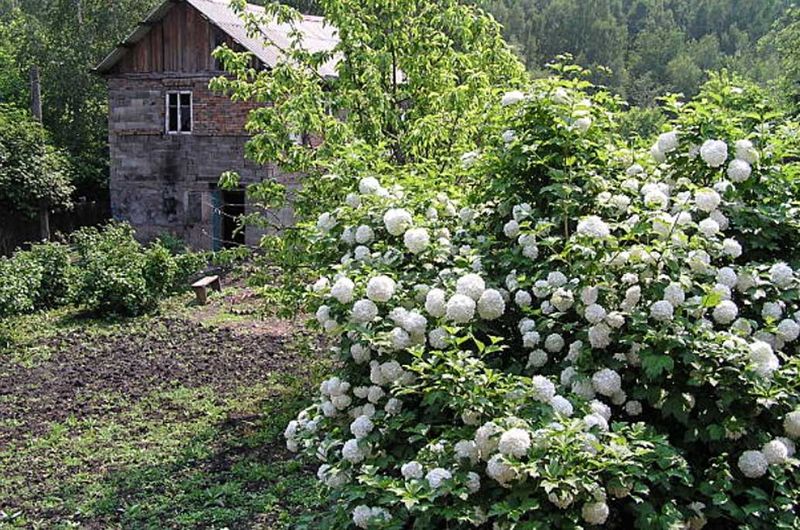
Viburnums are versatile shrubs known for their fragrant flowers and berries. These plants do well when left unpruned, allowing them to develop a natural, pleasing shape.
Excessive pruning can lead to a reduction in blooms and berries, which are key to their appeal. By letting them grow freely, viburnums can offer more food for birds and pollinators.
Fun fact: There are over 150 species of viburnum, each with unique characteristics, making them a diverse addition to gardens.
Dogwood
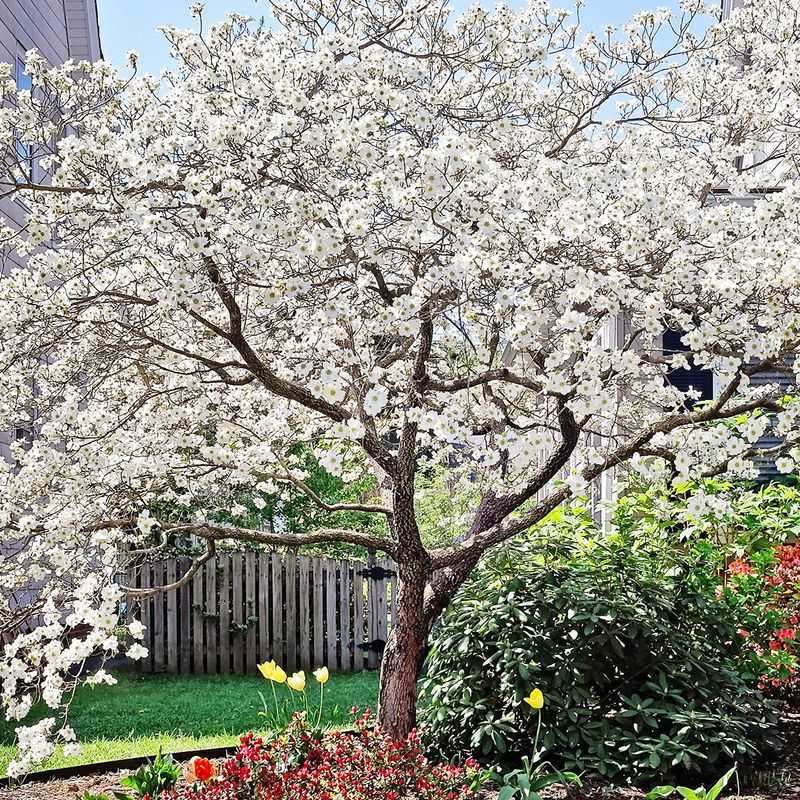
Dogwoods are cherished for their beautiful blooms and graceful form. These trees thrive when left untrimmed, allowing them to develop their natural, layered branching pattern.
Pruning can sometimes interfere with their flowering, so it’s best to let them grow naturally for a more abundant bloom. Their seasonal interest, from flowers to berries, makes them a beloved choice in gardens.
Did you know? Dogwood wood is dense and strong, traditionally used for making tool handles and golf club heads.
Aloe Vera
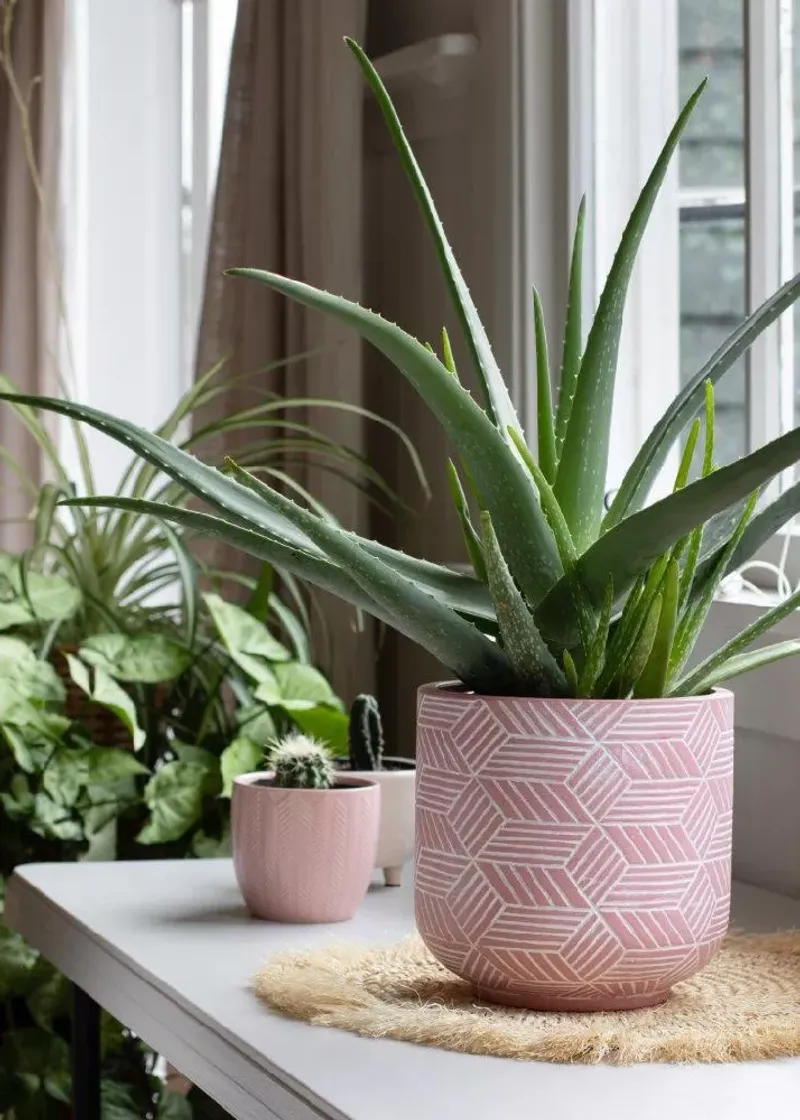
Aloe Vera, known for its medicinal properties, actually prefers neglect when it comes to pruning. Its fleshy leaves store water, making it resilient to the elements.
By allowing it to grow naturally, you enable the plant to reach its full potential, revealing a bushy silhouette that’s both striking and functional.
This low-maintenance plant will reward you with its soothing gel, perfect for minor burns and skin irritations. Let it thrive in a sunny spot, and it will flourish without much intervention. Did you know? Aloe Vera has been used for over 6,000 years, dating back to ancient Egypt.

